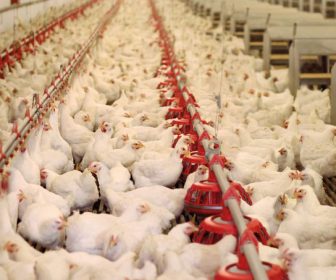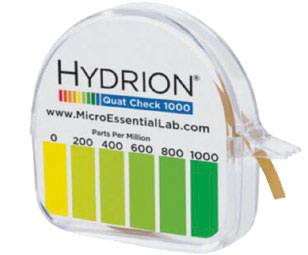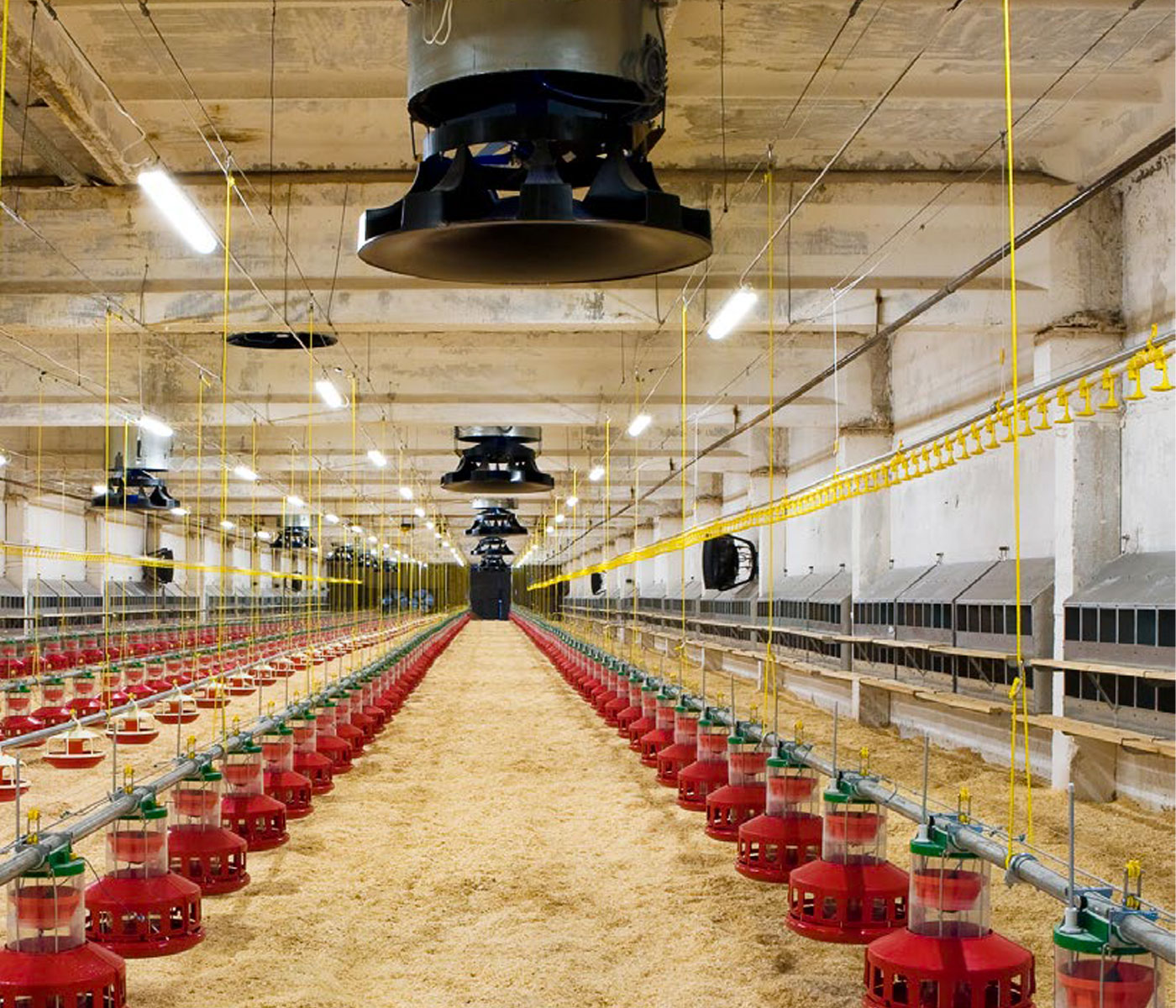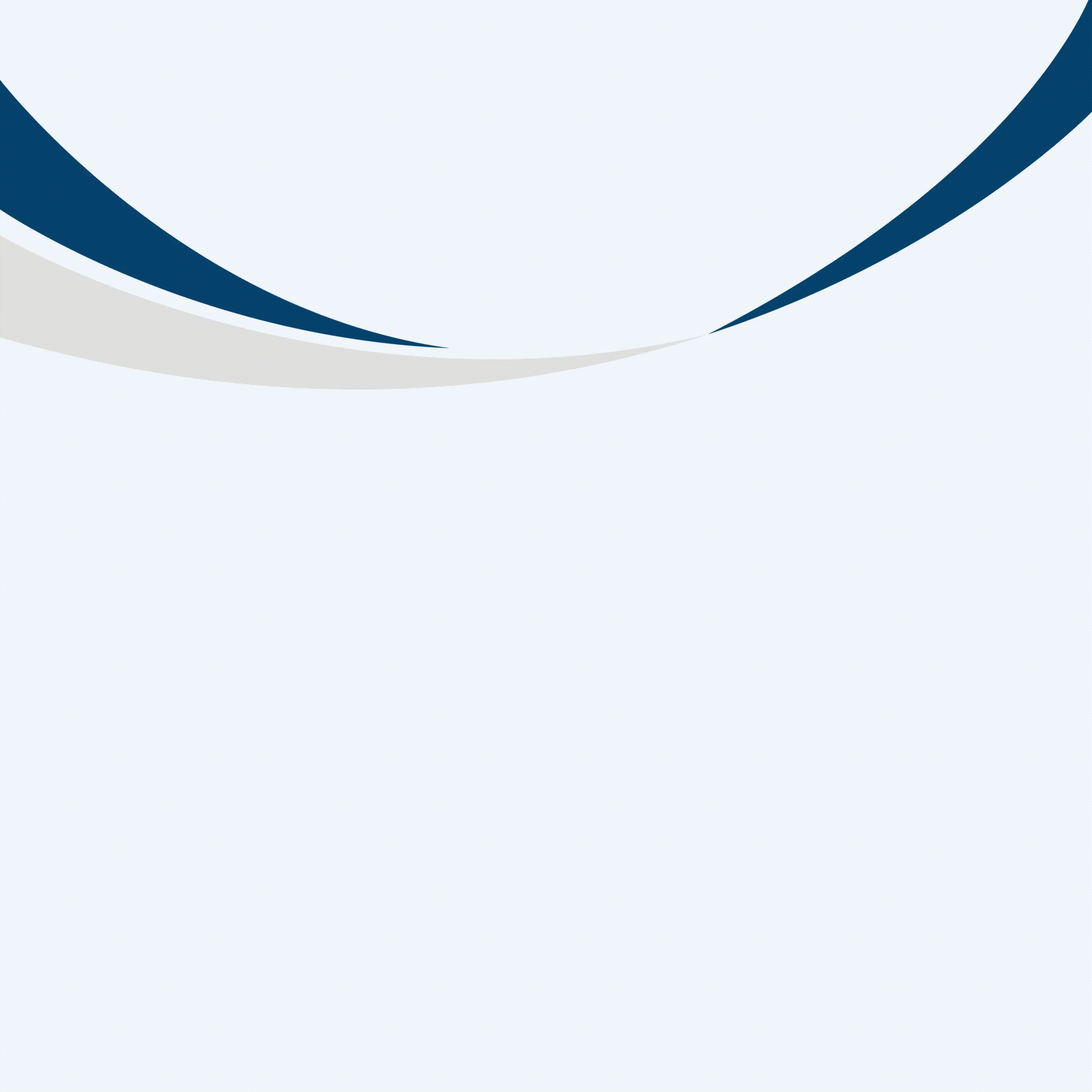Content available at: Indonesia (Indonesian) Melayu (Malay) ไทย (Thai) Tiếng Việt (Vietnamese) Philipino
Biosecurity is not a new concept for the poultry, swine, or dairy industries. However, it is a challenge that we continually face in animal agriculture operations and is also a key factor for optimizing the health, welfare, and sustainability of farm animals.
Typically, we look to past disease scenarios to see what went well (or not) and to know how we can further improve our biosecurity practices and strategy. While learning from the past is critically important, we must also look ahead to the future and investigate how we can be more efficient, effective, and innovative.
BIOSECURITY, A COMBINATION OF BIOEXCLUSION AND BIOCONTAINMENT
- In a paper1 published in 2012 on disease risks for bovine herds, John F. Mee describes biosecurity as a combination of bioexclusion and biocontainment.
- Specifically, he states that “bioexclusion relates to preventive measures (risk reduction strategies) designed to avoid the introduction of pathogenic infections (hazards), whereas biocontainment relates to measures to limit within-farm transmission of infectious hazards and onward spread to other farms.”
- This same philosophy for biosecurity applies to the poultry industry. To be successful with the elimination of disease, we must focus on new strategies for preventing the introduction of infectious pathogens (bioexclusion) and mitigating the potential spread of a disease pathogen (biocontainment).
The global poultry industry has decades of experience with HPAI, mycoplasma, salmonella and other poultry diseases in commercial poultry operations. Thus, we fortunately (unfortunately) have a lot of examples to learn from and we also continue to have opportunities to improve our ability to eliminate disease and biosecurity risks.

In this paper, we’ll focus on innovative measures and effective strategies to prevent the introduction of avian pathogens and minimize their spread.
- Specifically, lessons learned from the past – from poultry companies and other animal agriculture sectors – will be shared.
And ideas for the future will be highlighted that may inspire companies to consider animal-based tools for early disease detection and novel measures to eliminate disease risk for their farms.

Bioexclusion
The old adage, “a gram of prevention is worth a kilogram of cure” is the primary foundation for bioexclusion and actions to prevent the introduction of pathogens into poultry facilities. We know that bacteria and viruses can easily be introduced by people (footwear and clothing), equipment entering poultry barns, and vehicles entering the farm. Here are some key lessons learned and innovative initiatives to advance bioexclusion measures for poultry farms:
Cleaning and disinfection to prevent pathogen entry:
Many QA managers say that “dilution is the solution to pollution” when talking about the importance of cleaning and disinfection (C&D) protocols. Ensuring that the disinfectant used for the C&D procedures is effective against pathogens of greatest concern (i.e. avian influenza viruses) is a critical step to reduce the risk of disease introduction.
Lessons learned:
- As part of the chemical selection process, poultry companies should use laboratories to verify that the chemical is indeed effective against the pathogen(s) of interest and should also verify the required dilution to provide specific instructions to farmers and production personnel.
- If the farm is in a geographic area with severe weather (i.e., freezing temperatures), it is also important to verify if the disinfectant can be used and will be effective during cold weather scenarios.
- Regardless of the quality of the disinfectant, removing organic material (i.e., feces, grass, leaves, etc.) is required and must happen, as a crucial cleaning step, before the disinfectant can be utilized.

Lessons learned:
- The mixing ratio and concentration of disinfectant are key to preventing disease introduction.
- Given the expense of chemical disinfectants and the human health risks of incorrect mixing, the “glugglug” method of using an unknown quantity of disinfectant is not recommended.
- In fact, adding an unknown volume of disinfectant is reckless and can result in an increased risk of pathogen entry.
- Strips like this can be an easy and effective way for auditors, vets, and production managers to quickly check boot dips for the correct concentration when visiting farms (Figure 1). If the concentration is less than expected, changes should be immediately implemented to ensure that bioexclusion can happen at the site.
People-challenges:
in most disease situations, quality assurance investigations will reveal that people (and the actions of people) are one of the greatest risk factors for biosecurity at a poultry farm. To optimize bioexclusion strategies, companies must therefore learn how to mitigate people-related risks for pathogen introduction into farms.
Lessons learned:
- Prior mycoplasma and HPAI outbreak examples have shown that reducing people-related challenges is key in stopping disease introduction.
- In addition to daily biosecurity expectations, these examples can help prevent pathogen introduction:
- Annual biosecurity verification (i.e., a manager conducts an annual site visit to certify that the employee does not have avian species at their residence);
- Out-time policies for accidental bird contact (i.e., after wild bird contact, the employee has a minimum 72 hours of downtime before entering the poultry farm);
- and Danish-entry system for boot changing (i.e., 3-zone entry process to avoid contamination of ‘clean’ boots (inside barn use) with ‘dirty’ boots (outside use) on the farm).
Thinking outside the barn:
Tools and protocols developed for other species can be useful for the poultry industry. When evaluating new tools for bioexclusion, we should think outside the ‘barn’ and consider what swine veterinarians, zoo and wildlife experts, and others have tested to eliminate disease introduction.
Figure 2. Bird’s eye view of migration patterns: paying attention to wild bird movements can help protect poultry flocks.
Innovative thinking:
- For bioexclusion practices related to HPAI, we must prioritize ways to minimize disease risk from wild birds.
- New tools like BirdCast² allow farmers in the United States to pay attention to migration patterns and when increased volumes of wild birds are flying over their poultry farms (Figure 2).
- While farmers cannot prevent migrating birds from flying over their barns and cannot prevent wild birds from stopping to rest on fields near their farms, this free online tool can be used as a warning indicator of increased disease risk and can allow farmers to implement additional biosecurity measures during periods when the dashboard forecasts increased wild bird migration.
During the PRRS (Porcine reproductive and respiratory syndrome) outbreak in swine herds several years ago, swine veterinarians discovered that increased temperature and time were key measures to inactivate swine pathogens on transport vehicles3 used to move pigs from one farm to another.
- In consideration of the value and long life of breeding poultry, companies can implement innovative measures like the “heat baking of trailers” (i.e., specific temperature and programmed duration for inactivation of viruses) to their C&D protocols to further enhance bioexclusion of pathogens for equipment that is used for multiple farms.
Biocontainment
Modern poultry farms often involve numerous barns and a large quantity of birds.
- Thus, when a disease occurs on a farm, biocontainment is an urgent priority to limit pathogen spread. In the case of HPAI, in which all poultry on the infected site are typically depopulated, our goal is to prevent the spread of the virus to other production locations in the region and to prevent pathogen spread to other linked farms.
- In the case of salmonella and mycoplasma, our goal is to prevent the pathogen spread to other barns on the farm.
In both situations, there are biosecurity lessons to be learned and new technologies to consider for achieving proactive and reactive strategies with regards to the limiting pathogen spread.

Lessons learned:
- Simple protocols can make a major difference in the early days of investigating a disease on a farm.
- Traceability of people on a farm is an easy way to verify people movements on a site and in an area. For example, on a large farm, having sign-in sheets at the entry door to each barn allows the manager and quality assurance auditor to quickly ascertain who has been in the barn in the last week, where these individuals were previously, and when/why they were in the barn.
- Having a sign-in/out book at the farm entry building with required details (name, date of visit, last location, and date of contact with poultry, houses visited on the site, etc.) is also useful as a reactive strategy and allows the company to be more efficient in determining which additional farm locations might be at risk for disease spread due to people movements.
Lessons learned:
- On large farms, biocontainment can be implemented as a preventative strategy.
- While poultry staff and farmers routinely visit “youngest to oldest” flocks when planning farm visits, an
additional step can be to have stop measures between barns or farms. - For example, if barns are grouped in biosecurity zones (i.e., Barns 1, 2, and 3), a large farm can implement a biosecurity stop (i.e., clothing change, shower, etc.) before the next biosecurity zone is visited (i.e., Barns 4, 5 and 6).
- While this zone set-up requires additional time and planning, it can be an effective and proactive way to reduce the risk of disease spread from one part of the farm to another.
- Another protocol that should be implemented during heightened disease periods involves limiting the number of farms visited per day for company service personnel (i.e., only 2 farms per day can be visited instead of 4 or more) and restricting visits to known high-risk regions.
- For example, in the case of HPAI in a region, all non-essential visits are typically prohibited to ensure biocontainment and thereby reduce the risk of disease transmission to other farms.
Innovative thinking:
- Looking ahead, we need to focus on the animal(s) to enhance our biocontainment protocols.
- Currently, we may suspect a disease after several days of decreasing egg production, increasing mortality, or decreasing water consumption.
- In the future, if we continuously monitor poultry behavior and movement (activity) via video sensors and animal sounds (coughing, shrill calls, etc.) via sound sensors, we may be able to detect subtle abnormalities in the flock before performance-related signs indicate that a disease is suspected.
- While these monitoring devices do not equate to actual disease detection (i.e., they do not tell us which disease is present), they can serve as iceberg indicators and help a farmer or veterinarian quickly investigate early warning signals of illness in a flock (Figure 3).
- For large farm animals, sensors like an electronic ear tag or ingestible sensor (i.e., rumen sensor) can provide specific individual animalbased measurements that indicate if the animal has a fever, is walking less per day, etc.
- For poultry, sensors focus on the flock (or barn) rather than the individual bird.

In both situations, these innovative tools can provide a wealth of information to the farmer and allow for more proactive responses to safeguard animal health.
- While poultry flock monitoring technology is still being developed, it’s exciting to think that the future of animal health monitoring will help us with early disease detection and biocontainment.
SUMMARY
- When we think about the cost of disease (i.e., production losses, cleaning and disinfection costs, animal losses, supply chain disruptions, etc.), the decision to invest in biosecurity should be an easy one.
- While we can learn from the past and prior disease outbreaks in the global poultry industry, we must also look ahead to future technology and innovative ideas and even consider what is being utilized in other farm animal sectors so that we can truly work towards disease elimination.
References
1Mee JF, Geraghty T, O’Neill R, More SJ. Bioexclusion of diseases fromdairy and beef farms: risks of introducing infectious agents and risk reduction strategies. Vet J. 2012 Nov;194(2):143-50. doi: 10.1016/j. tvjl.2012.07.001. Epub 2012 Oct 26. PMID: 23103219; PMCID: PMC7110757.
2BirdCast: https://birdcast.info/
3Time and Temperature Requirements for heat winactivation of pathogens to be applied to swine transport trailers. (AASV, 2021: https://www.aasv. org/shap/issues/v29n1/v29n1p19.html)










